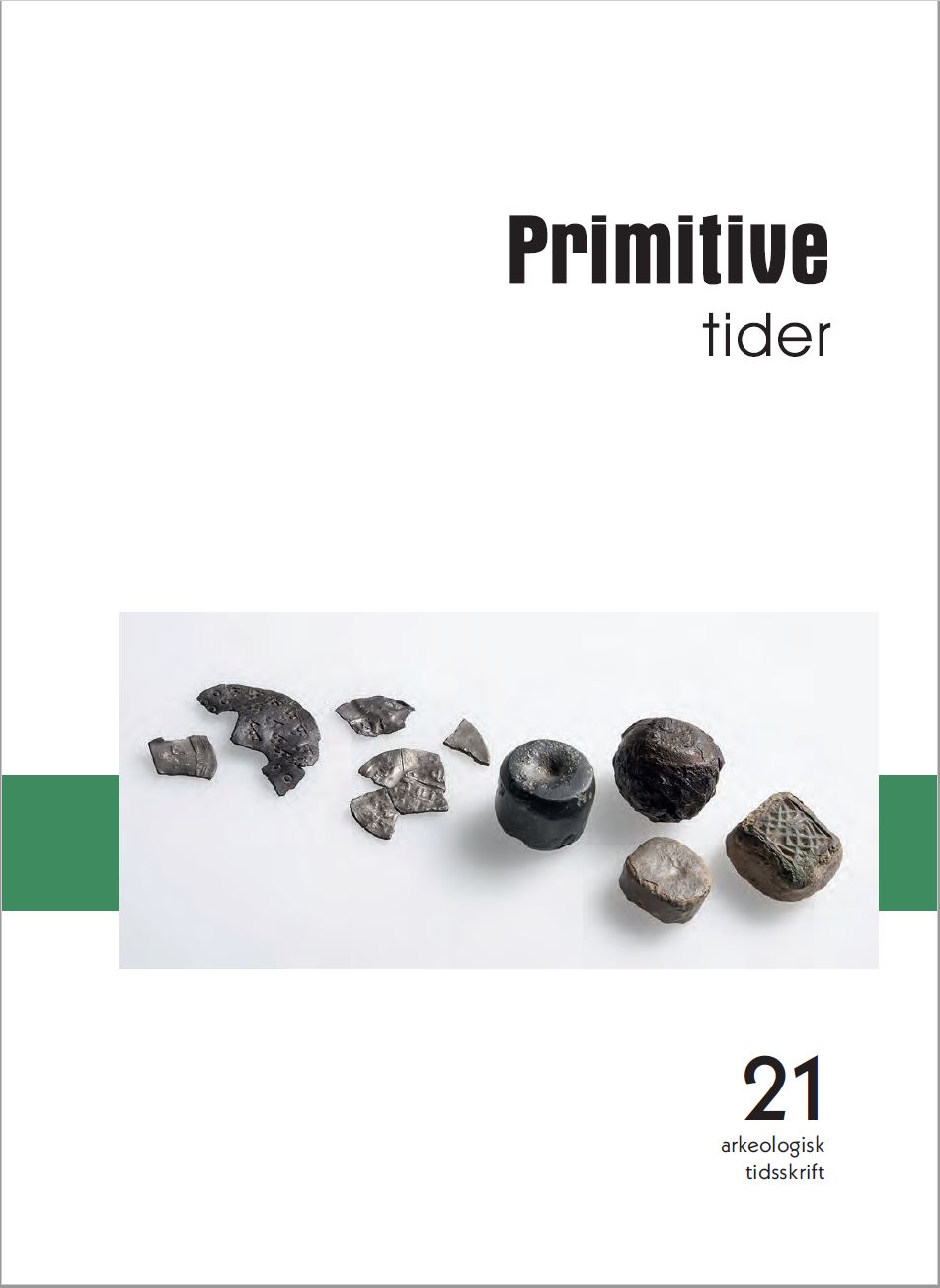Ferd og frakt over fjell og vidde
DOI:
https://doi.org/10.5617/pt.7555Sammendrag
This study demonstrates how routes over mountain plateaus and passes connected farms, hamlets and regions. The routes enabled wide social and economic networks and were a prerequisite for regional surplus production in the Norwegian inland areas from the Viking Age.
Iron, furs, skins and antlers were among the important commodities for farmers in the mountain and valley regions. These resources were exchanged for goods from the coastal areas, and it is likely that the purpose for much of the traffic over the mountains was trade. Medieval law texts and later historical sources indicate that the bulk of the traffic over mountains took place during the summer. The commodities were transported on packhorses or by foot.
Using archaeological sites and findings, as well as place-names and historical sources, I have mapped the main mountain trails in South Norway. The historical significance of these communication routes are indicated by large burial sites, some consisting of hundreds of burial mounds, at the foot of several mountain crossings. These sites are testament to the great importance and value of communication and transportation across mountains passes – and its control – well before the extensive regional surplus production from the last half the Viking Age.

Nedlastinger
Publisert
Utgave
Seksjon
Lisens
Fra og med årgang 2021 er innholdet i Primitive Tider lisensiert gjennom Creative Commons Navngivelse 4.0 Internasjonal (CC BY 4.0).
© CC BY-NC (2014–2020)
Verk mellom 2014 og 2020 lisensieret under en Creative Commons Navngivelse-IkkeKommersiell 4.0 Internasjonal.
© Forfatter(ne) (1998–2013)
Verk mellom 1999 og 2013 er beskyttet av åndsverkloven. Uten eksplisitt autorisasjon er reproduksjon kun tillatt i den grad dette er i henhold til loven, eller etter avtale med rettighetshaver eller en kollektiv forvaltningsorganisasjon.

